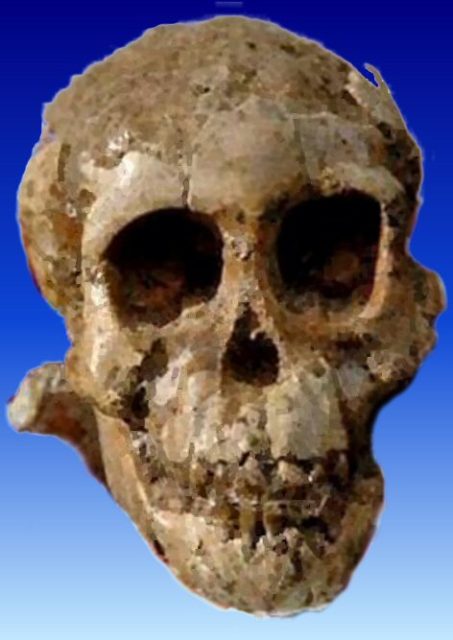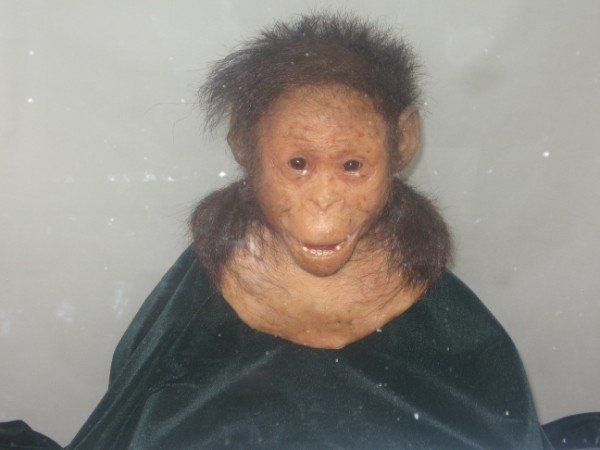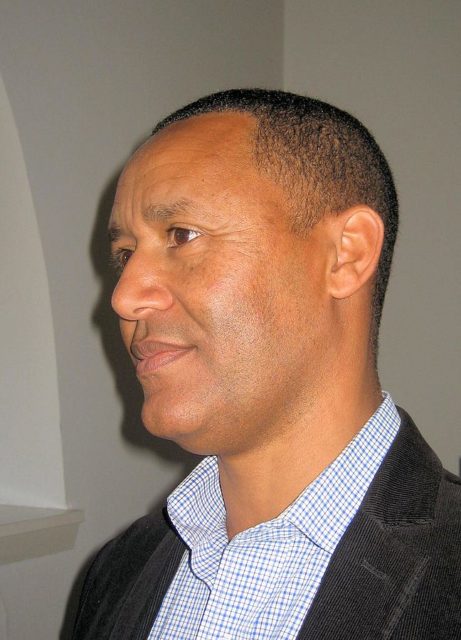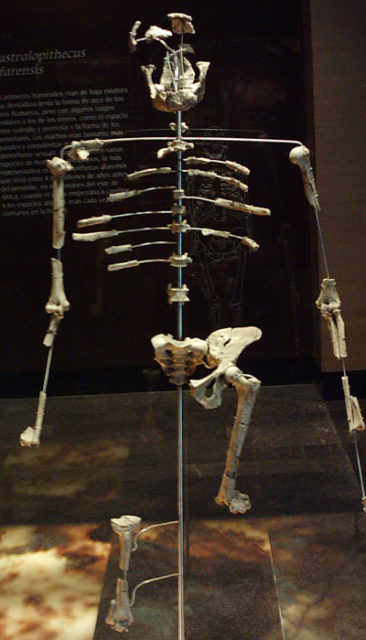Have you ever wondered who some of the earliest ancestors of the human race were? One of them is Selam, a fossilized skull along with other skeletal remnants, belonging to a three-year-old Australopithecus afarensis.
This extinct hominin predated the genus “homo” and lived between 3.9 and 2.9 million years ago. That is a lot of time!

Selam’s remnants were found in Dikika, Ethiopia in 2000 and their full recovery took place over the course of the next couple of years. Often, Selam is nicknamed “Lucy’s baby,” after another specimen dated at 3.3 million years and found in the proximity where Selam was excavated.
Although carrying this nickname, Salem is tens of thousands of years older than Lucy. This finding was remarkably important as it provides a greater understanding of the growth patterns of the fossil hominins, allowing a more in-depth view into their ontogenetic development, which in other words is crucial to the study of human evolution.

The fossils were discovered by the Ethiopian paleoanthropologist, Zeresenay Alemseged. He commented on the discovery that, “this is something you find once in a lifetime.” The fossils are astonishing both as per their age and condition, “Found in sandstone in the Dikika area, the remains include a remarkably well-preserved skull, milk teeth, tiny fingers, a torso, a foot, and a kneecap no bigger than a dried pea,” says the National Geographic.
Selam’s fossils were presented by the journal “Nature” on 20th September 2006. The remains were found several miles south of Hadar, an already well-known site due to the discovery of Lucy. The characteristics of the skeleton suggest an adaptation to walking upright, similar to the characteristics of Lucy’s skeleton.
In-depth analysis of the shoulder blade and arms also implies that Selam did extensive tree-climbing. CT-scans of the skull further illustrate the forming of small canine teeth, indicating that the remains are those of a female.

The fossils were officially named as “Selam” which means “peace”. The name was published within the announcement of the discovery at the National Museum in Ethiopia’s capital city of Addis Ababa.
An abstract of an article entitled “Salem,” written by Zeresanay Alemseged, Fred Spoor, William H. Kimble, René Bobe, Denis Geraads, Denné Reed and Jonathan G. Wynn, further reads,
“The skull of the approximately three-year-old presumed female shows that most features diagnostic of the species are evident even at this early stage of development. The find includes many previously unknown skeletal elements from the Pliocene hominin record, including a hyoid bone that has a typical African ape {hominid} morphology. The foot and other evidence from the lower limb provide clear evidence for bipedal locomotion, but the gorilla-like scapula and long and curved manual phalanges raise new questions about the importance of arboreal behavior in the A. afarensis”.

Many paleoanthropologists have put forward that the Homo line originates exactly from A. Africanus. It is fascinating how Lucy’s baby has more human traits than most other specimens of A. Africanus. According to the National Geographic, this is the world’s oldest known child.
The finding is super important as it offers all of us a glimpse into how our very early ancestors grew, developed and changed.
